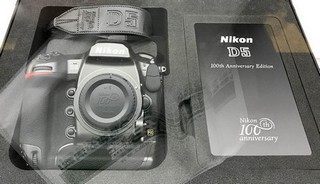Festivals, rituals, community celebrations and cultural events are among the most exciting events for shutterbugs to capture. They are a great way to learn about the local culture, customs and people and portray a foreign culture and country with lively photographs. Photographers are naturally drawn to colourful and vibrant subject matter, and most festivals are just like that, colourful in every sense of the word. There are colourful floats, costumes, crafts, food, and merchandise, and you will also find many colourful characters among the participants in the festival. But because festivals consist of moving performers or participants and large crowds of spectators, they are also among the most difficult subject matter to photograph seamlessly. In most cases you only have a fraction of a second to choose an interesting subject, focus your camera, choose your settings and press the shutter. To make the most of your festival experience as a photographer, you need to be ready to make quick decisions about when and what to photograph. A little preparation ahead of time will go a long way and help you make amazing pictures.

Matt Zimmerman
In a country like India where people of vast religious and cultural differences exist documenting the ongoing festivals which come to knock doors almost one every month is a fun challenge most photographers would take up. We shall discuss some of the basic preparations that will help you to photograph a festival better than you would have without any sort of preparation.
Choosing the Right Festival
Catherine Marciniak
If you are travelling there are chances that you will accidentally come across local festivals, but it is a good idea to plan ahead and do some research to find out which are the ones going on at the time of your trip. Ask yourself what type of festival or cultural event interests you the most. Do you like large events with thousands of participants and millions of spectators, or small local festivals which have a more relaxed atmosphere and offer a more intimate view of local life and culture? Do you enjoy religious festivals or celebrations of local cultural traditions? Some take place only on one day, while others last days or even weeks. For example Ganesh Chaturthi in Mumbai is celebrated for ten days at a stretch and the 11th day the idol immersion takes places where lakhs of people come to bid adieu to the lord. So it mainly depends on your taste in festivals and how you want to portray them.
Learn About the Festivals
Abhishek Shirali
If you want to take pictures that effectively portray a festival, you should find out beforehand what the festival celebrates and concentrates on and what it means. Is it a festival dedicated to a specific patron or saint, or is it a festival celebrating local culture and traditions? Then you should make sure to take pictures of most important parts of the of the procession, so that they feature the patron or the saint. If you are attending a cultural festival that shows different aspects of local culture such as handicrafts, music, art, and dance, then make sure that your pictures reflect the diversity of cultural activities. If you are attending a parade or procession, it can be a great advantage to find out the route of a parade or the programme of an event in advance. This allows you to plan ahead and choose a good vantage point from which to take pictures.
Finding an Observation
Avinash Singh
Point One of the major challenges of taking pictures of festivals is to position yourself in such a way that you have enough space around you to move and select your subject matter while being close to the action. To take good pictures of crowded events, it is important to step back to get a better view of the event. Try to find a doorway or stand against a wall to make sure that your back is covered, but also try to find a good vantage point (such as a low wall, bench, or an overbridge), where you can be slightly above the crowd and have a better view of the ongoing activities. This allows you to stay in one position and take pictures as the parade or processions moves past you.
Sometimes the layout of the street or the place would not allow you for a vantage point from which to observe and photograph the activities. In this case you must go where the action is and immerse yourself in the crowd. Remember that you would not be alone and you will be competing with other photographers for the best position. Have your camera ready to shoot and be prepared to take pictures quickly, since people are moving and won’t hold their positions for long. Digital-SLR cameras have a continuous shooting mode, which allows you take several shots per second. This is a great feature to photograph moving objects. You can also take Full HD videos on your DSLR and later take screen grabs from the video. However, the quality of a single movie frame is never as good as a still shot.
Choose a Variety of Subject Matters
Thejas Panarkandy
To document a festival and create a visual story out of the pictures, it is important to focus on detail and individual participants in the celebration. This is the main challenge of taking photos of festivals i.e. to tell the story of the people who participate in it and not just show pictures of crowds. Pictures of masses do not really tell a story and rarely make great photos. But if you decide to show a large crowd, make sure there is a central point of interest, such as a float or group of participants that stands out visually. Otherwise your pictures will just show a confusing mass of people without any focus or point of interest. Instead of general wideangle shots, try to take pictures that are characteristic of the festival and at the same time show interesting people. There may be floats that are carried or driven, dancers, musicians, and a variety of vendors in addition to the audience. Try taking a few pictures of all these different people to create a lively and authentic portrayal of the festival.
Lighting Conditions
Lumix UK
Unfortunately you cannot choose the time of day a festival takes place. If you take pictures mid-day you may end up with washed out colours and overexposed highlights. In the late afternoon the light is warm and your pictures will have an orange tint. Is the sun low in the horizon? Then the surrounding buildings will soon cast a long shadow on the festival activities, which will affect your photographs. So before you indulge in the revelry during a parade or festival, do a quick check of the weather and lighting conditions to make sure your photographs turn out as desired. If you take a picture of festival activities against a bright background, consider using your flash to brighten up the foreground. A powerful external flash will also help you light up dark scenes. Keep in mind that the built-in flash on most cameras is only intended to brighten objects that are reasonably close. If you want to take pictures at a greater distance, you should get an external flash. Also keep in mind that when using a flash, the shutter speed on most cameras is automatically set to 1/60 of a second, which is too slow to capture moving objects or people. Don’t forget to keep in mind that your camera’s auto-focus may not work well after it is dark, since it depends on contrast to measure distance. So consider external lighting such as flash and faster lenses with apertures of f/2.8 or higher.
Camera Equipment
Since most festivals and cultural events take place in public spaces right in front of your eyes, you do not really need a long range telephoto lens. In fact, since there is a lot of movement during a festival, it is better to use a wide-angle zoom lens, which is usually faster and allows you to shoot with a higher shutter speed. The built-in zoom lenses in pocket and compact cameras should be sufficient to take great shots during a festival. The automatic exposure function on most cameras will choose an average setting of aperture and shutter speed, but since you will be photographing moving people, you should choose a manual setting with a higher shutter speed. This assures that your pictures of moving people are not blurry. Some cameras have automatic exposure presets, such as “portrait, “landscape,” or “sports,” which makes it easy to choose a setting that is suitable for the event.
All digital SLRs and many compact digital cameras give you the option of saving photos in RAW format. This is an unprocessed image format that gives you greater freedom to adjust the image on your computer later. For example, when shooting in RAW format you could significantly brighten a dark image by changing its exposure value later. Although this method is not a substitute for ideal lighting conditions, it gives you greater control over the image, and you might be able to turn dark or overexposed photos into attractive pictures. The only drawback is that the RAW files are much larger than JPEG files (the most common format used by digital cameras). To avoid running out of memory, you should bring several memory cards and use cards with the highest memory capacity your camera can read.
Safety Concerns
sandeepachetan
Large festivals with large crowds also attract pickpockets and thieves who would not let any opportunity miss out of their hands. Pay careful attention to your surroundings while taking pictures. Since there is constant action during a festival, there is no time to put the camera in your bag between taking pictures, and you will most likely carry it around your neck during the course of the event. Keep a satchel or a waist pouch for easy access of your stuff like filters, memory cards and mobile phones, a wiping cloth and other important accessories. Keep your valuables like wallet and cash inside your bag and zip the bag properly. A handy waist pouch is the best option. Keep a bottle of drinking water and edibles like chocolate bars and biscuits along with you as dehydration and an empty stomach will assumingly give you more trouble than the crowd you are probably thinking of going inside. Wear comfortable rugged clothes which can take a few stretches without ripping apart. Cover your head with a scarf or a cap in case of sunny and hot situations. Keep your phone charged so you can contact for help whenever you feel something is out of your hand. Keep a cool attitude and do not indulge in any major conversations with anyone which would kill your valuable time. Last but not the least enjoy and immerse yourself in the beauty of the festival and every picture you make will be beautiful.
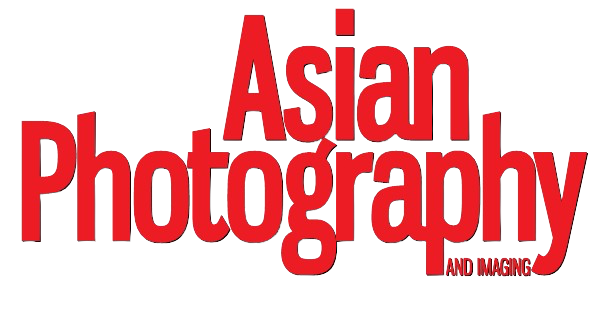
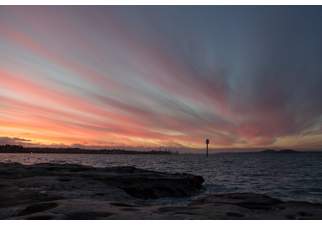






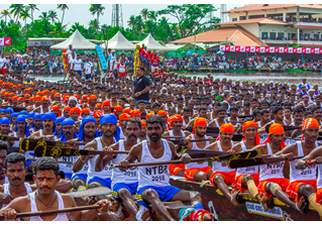








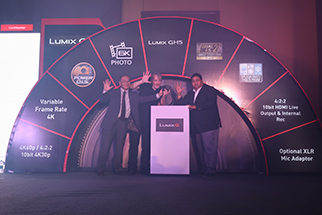
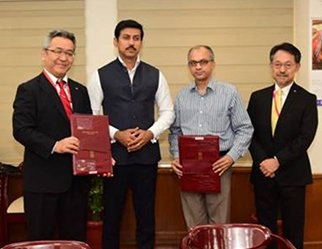
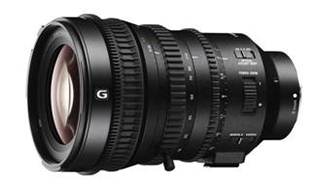

.jpg)
.jpg)
.jpg)
.jpg)
.jpg)
.jpg)
